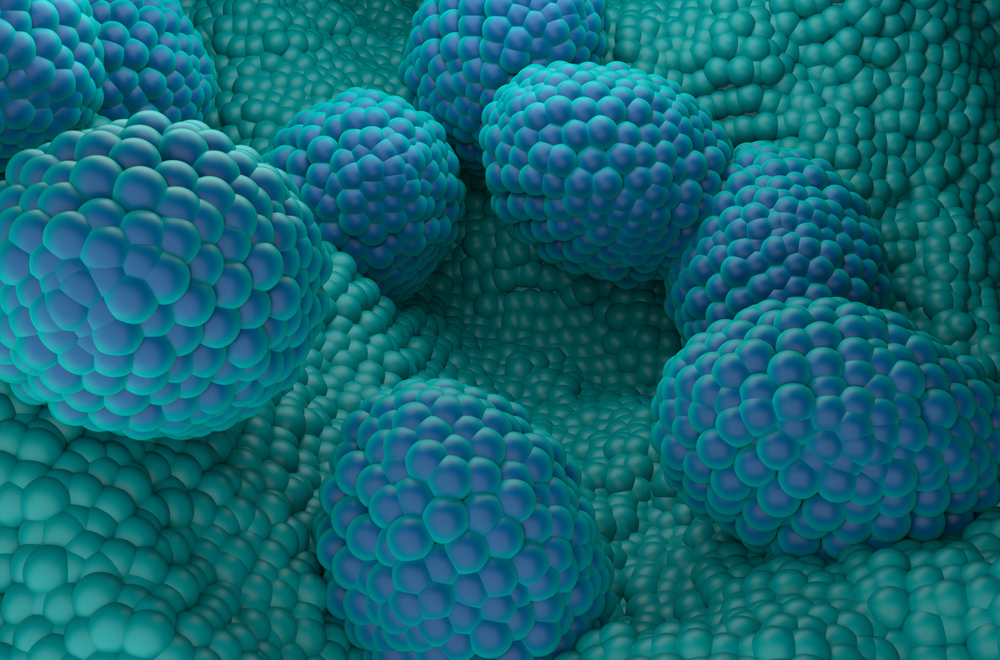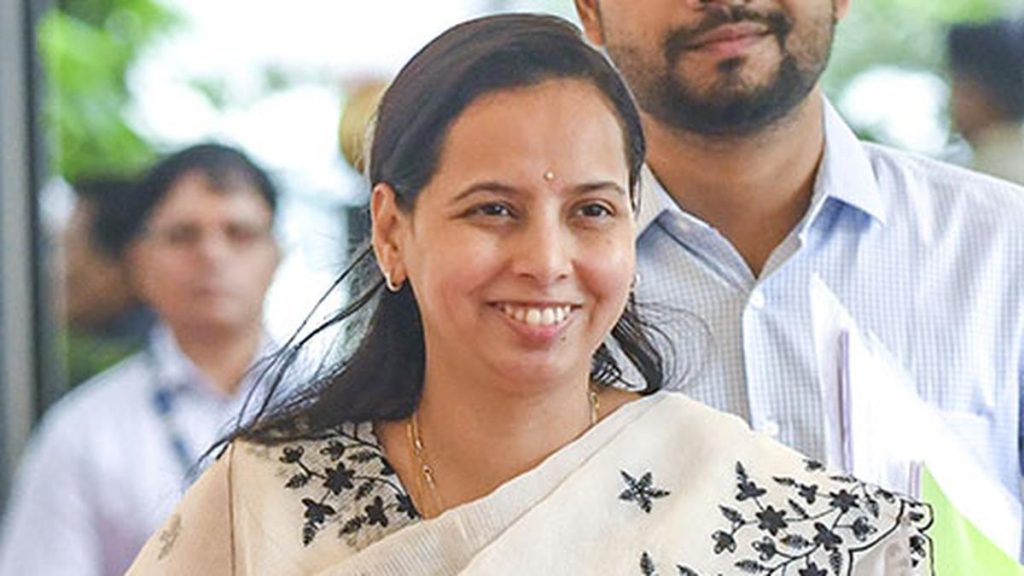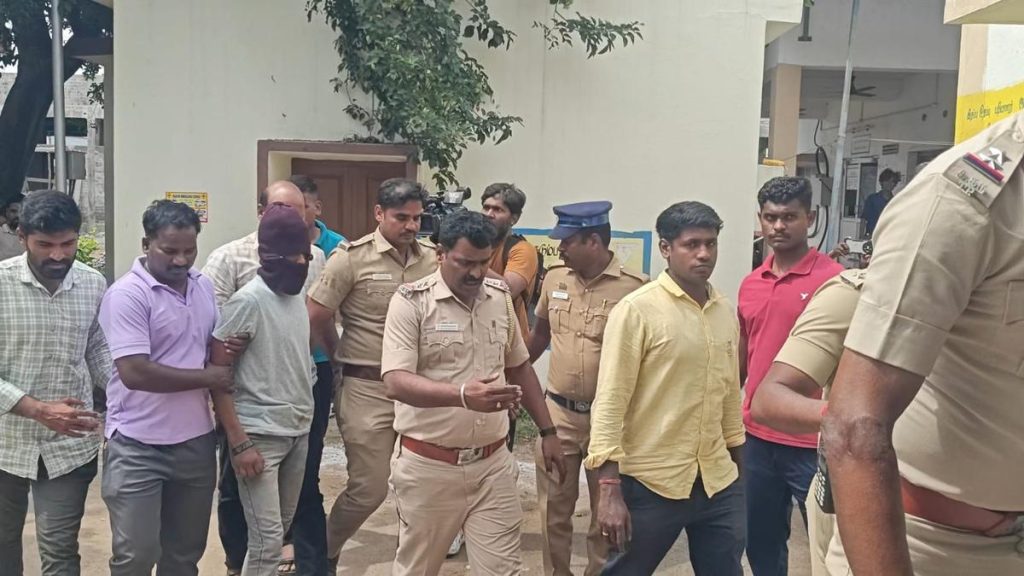Now Reading: New Prostate Cancer Surgery Promises Fewer Side Effects
-
01
New Prostate Cancer Surgery Promises Fewer Side Effects
New Prostate Cancer Surgery Promises Fewer Side Effects

Quick Summary
- Prostate Cancer Risk & Statistics: Prostate cancer primarily affects men aged 65 or older, with about 1 in 8 facing teh risk during their lifetime. the average age of diagnosis is 67. The American Cancer Society predicts approximately 313,780 new cases of prostate cancer in 2025, with around 35,770 deaths.
- Study Details: A study published in The Lancet compared two surgical approaches for localized prostate cancer:
– Robot-assisted surgery using the NeuroSAFE technique (190 participants).
– Standard surgery (191 participants).
– NeuroSAFE patients reported better outcomes regarding erectile dysfunction (ED) and urinary incontinence after one year.
- Health Impact: The NeuroSAFE procedure preserves crucial periprostatic neurovascular bundles that help prevent ED and urinary complications. This may encourage earlier screenings due to reduced treatment side effects.Screening rates had declined between 2007 and 2014 but have risen since then.
Indian Opinion analysis
India faces meaningful challenges with rising cancer incidence rates, including prostate cancer among aging male populations. The advancements discussed-such as NeuroSAFE-guided robotic procedures-offer hope for improved healthcare outcomes and quality of life post-treatment by reducing complications like erectile dysfunction and urinary issues. However, access to such high-tech interventions remains uneven; India’s public health infrastructure should prioritize investing resources into early screening programs to catch prostate issues at manageable stages.
Encouraging regular screenings through public awareness campaigns could align with India’s preventive healthcare goals under initiatives like ayushman Bharat. New technologies can complement these efforts if made accessible across semi-rural regions where diagnostic delays are common due to lack of resources or stigma related to illnesses linked with aging or masculinity.
Advocating global best practices-as seen here-combined with equitable access strategies might enable India’s healthcare system to tackle growing cases more effectively while minimizing long-term economic burden from advanced-stage treatment costs.

























